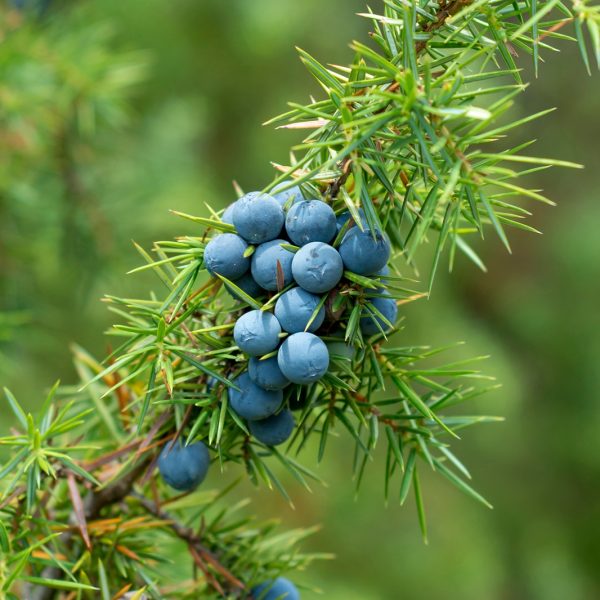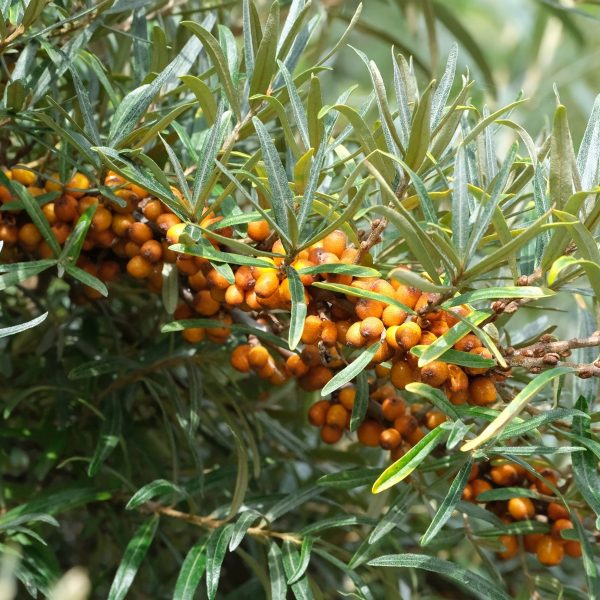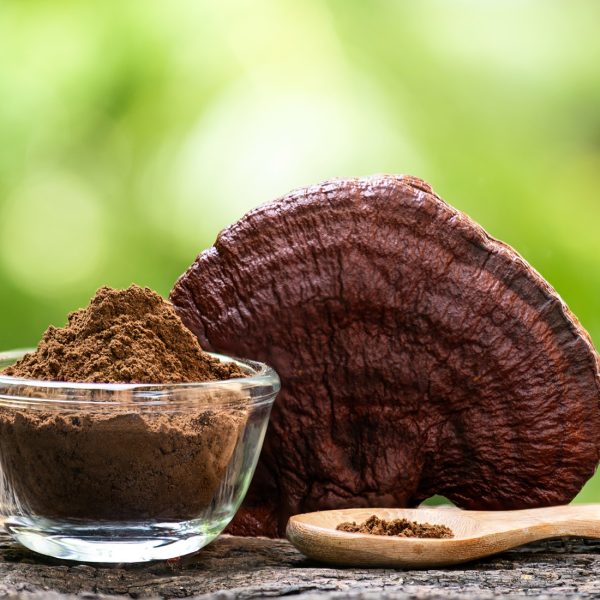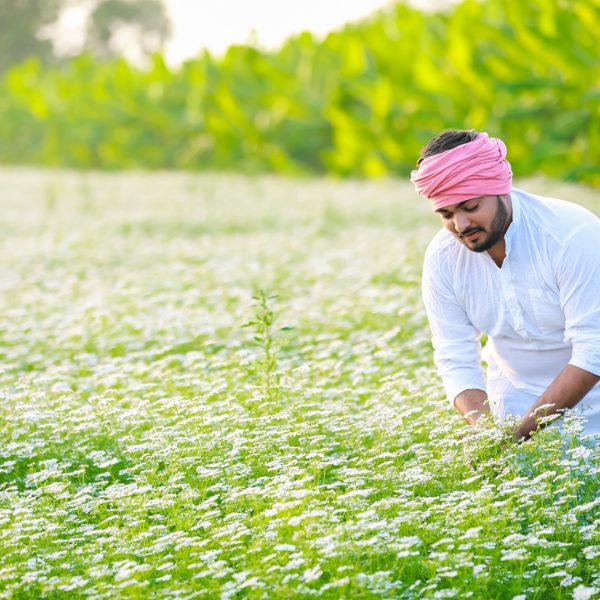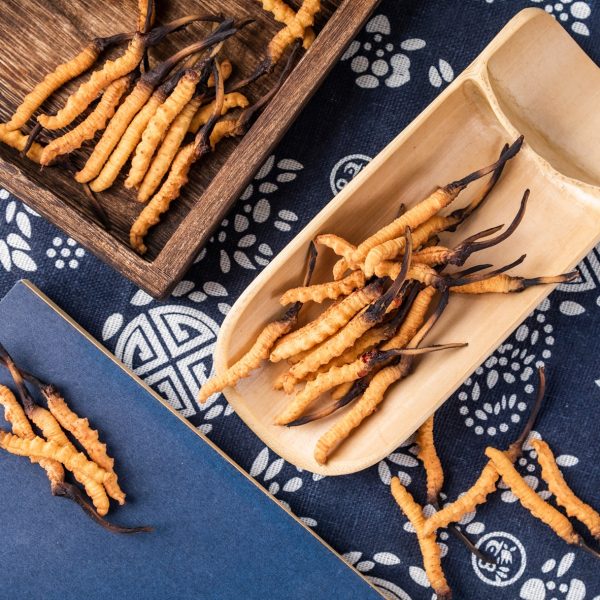30 mins prep time | 3 weeks fermenting time | 1 kg servings | Beginner | Vegan
As wild garlic makes its spring appearance, this recipe offers a means to preserve and prolong the season for a staple probiotic condiment in the kitchen.

As spring emerges, wild garlic (Allium ursinum) starts to appear in an ever-increasing abundance across woodland floors and amidst the hedgerows across the UK. This delicious, pungent, and nutrient-rich leaf can very simply become an even greater source of medicinal benefit through its transformation via lacto-fermentation. Only two ingredients — wild garlic leaves and sea salt — are needed. This homemade, foraged condiment provides a nutritious accompaniment to a variety of meals, as an addition to omelettes and stir fries, or as a garnish for meat, eggs or tofu. Lacto-fermented wild garlic is a rich, tangy and flavoursome recipe, to inspire the whole family to forage, ferment and experiment with taste.
The fermentation process involves the breakdown of sugars by Lactobacillus bacteria into lactic acid to create an acidic environment. Fermentation was the main preservation method for our ancestors prior to the introduction of refrigeration. Not only is this recipe delicious, by enriching populations of bacteria that promote a healthy gut microbiome, it supports digestive health. The key is to ensure a 2% salt content for the brine to preserve the leaves effectively.
Fermented wild garlic ingredients
- 1 kg wild garlic leaves
- 20 g sea salt
Method
- Wash and sort the leaves, (if they have been foraged ensure to correctly check identification of each leaf as lords and ladies (Arum maculatum) often grows alongside wild garlic and is toxic)
- Roughly chop the wild garlic
- Place into a large bowl and add the salt
- Massage the leaves (the leaves will begin to produce their own liquid which will form the brine)
- Place the mixture into sterilised Kilner jars and tamp it down with a clean spoon to remove as many air bubbles as possible
- Make sure all the leaves are submerged under the brine and top up with any leftover brine if necessary
- Use a weight to keep the leaves submerged under the liquid (using a jam jar filled with water is one option)
- Store the Kilner jars in the pantry outside of direct sunlight
- Leave the ferment for between one week before first tasting it. Leave for up to –three weeks, depending on taste preference.
How to store fermented wild garlic
This recipe will store effectively for months and will continue to gently ferment. The longer it ferments the more sour it will become — so timings are guided by individual preferences. This ferment doesn’t tend to last long as it’s so versatile and delicious.
If the ferment starts to develop any mould, then it should not be consumed and instead can be added to garden compost. More on this below.
Medicinal benefits of wild garlic
Wild garlic has been used in culinary and medicinal recipes since Ancient Greece. Similar to its popular cousin found in most kitchens, garlic is known to support circulation and cardiovascular health as well as support digestion and gut health. It was traditionally also used for a variety of infections including colds, flu and the plague.
Rich in polyphenols and antioxidants, wild garlic is a pungent spring tonic to nurture the immune system and improve tissue clearance. It also contains high levels of vitamins A and C as well as iron, calcium, phosphorus and copper.
Ferment troubleshooting
Using sterilised equipment is the key with anything fermented to prevent the growth of mould or other bacteria.
If the ferment smells putrid or turns a strange colour, this is a sign it has gone bad and should be discarded.

